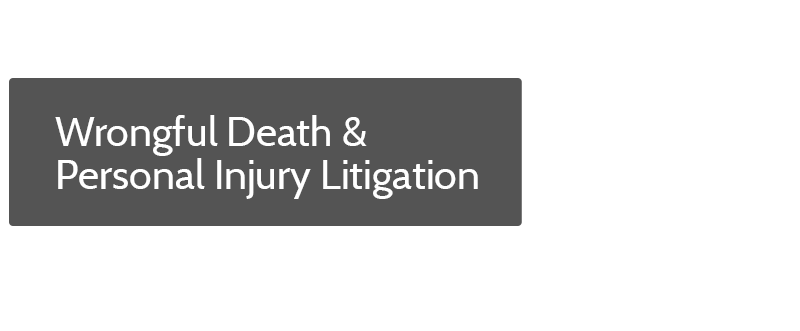Homeowner Liability for Stairs, Inside and Out
PROPERLY CONSTRUCTED STAIRS MINIMIZE ACCIDENT RISKS
Most modern homes are built with carefully-measured stairs of equal height and length. Properly constructed stairs minimize the likelihood of tripping and falling accidents, and make it easier to access and use all portions of a house or other property.
In older houses, however, stairs may not always be of equal height and spacing. This is also a common problem in outdoor stairs, where shifting earth and age can result in uneven heights and awkward angles. Tree roots, earthquakes, and freezing temperatures can all contribute to shifts in stairs.
Just as properly constructed stairs minimize the risk of accidents, aging or uneven stairs increase the likelihood of injury and the homeowner’s liability risks.
HOMEOWNER LIABILITY FOR ACCIDENTS ON STAIRS
Generally speaking, homeowners are legally responsible for injuries suffered by guests, invitees, and sometimes even trespassers, when one or more of the following is true:
1. The property owner, tenant, or an employee caused the dangerous condition of the stairs. This could include improperly-installed carpeting on indoor stairs or uneven construction outdoors, as well as a variety of other issues..
2. The property owner, tenant, or their employees knew about a dangers condition and failed to fix it (or to prevent dangerous use of the stairs). The best practice is to fix dangerous conditions immediately, as soon as you discover them. However, if an immediate repair is impossible, post warning signs and block off dangerous stairs to prevent accidents until repairs can be completed.
3. The property owner or tenant should have known about the dangerous condition, because a reasonable person would have discovered and repaired it. The law often uses a “reasonable person” test to gauge proper conduct in injury cases. By law, a reasonable person inspects and pays attention to the condition of stairs and other aspects of real property. If your home has indoor or outdoor stairs, you have a legal obligation to inspect them with reasonable frequency and to fix any problems you discover (or which come to your attention by other means).
DON’T LET YOUR STAIRS BECOME A HAZARD
People of all ages and physical conditions can trip or fall on uneven stairs. Cracked, broken, and tilting stairs, as well as poorly-installed carpeting, can cause potential hazards. Items left on stairs cause accidents, too.
If you own a property with indoor or outdoor stairs, these three tips can help you minimize your risks:
1. Inspect. Inspect your stairs regularly. Pay special attention to objects on the stairs, as well as the condition of the stairs themselves. Don’t just look through “healthy eyes” – be vigilant for potential problems that might impact less-abled people also.
2. Install. Handrails, non-slip coverings or surfacing, and other safety devices can help minimize the danger of staircases. Install required and recommended safety devices to help minimize risks.
3. Intervene. Repair or mitigate dangerous conditions as soon as they come to your attention. Use signs to warn of hazards, and block stairs if necessary until repairs can be made.
Don’t let a dangerous condition on your stairs become a hazard to someone’s health–or your wallet. Awareness and prevention minimizes liability risks and helps keep stairs, and their users, safe.
© Ross Law, 2014














